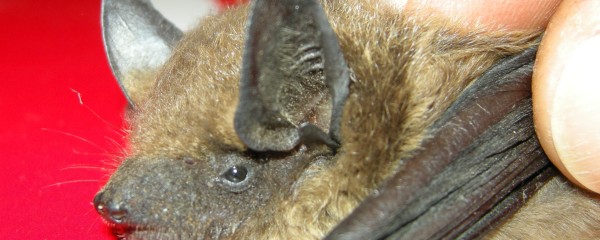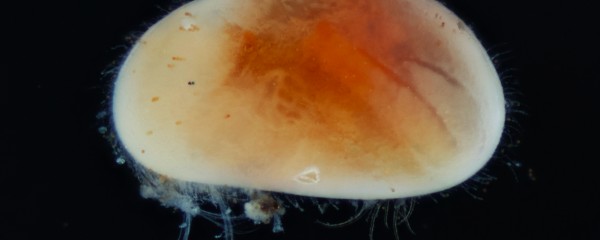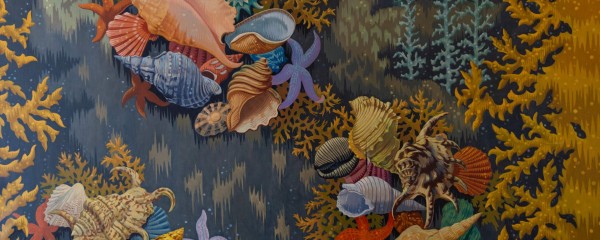New Inventory Confirms Great Beetle Richness in Belgium

Belgium is home to no fewer than 4,672 beetle species, according to a new checklist compiled by a team from the Royal Belgian Entomological Society (KBVE) and the Royal Belgian Institute of Natural Sciences. “There are newcomers, such as many species of sap beetles, but also species that have become locally extinct—mainly whirligig beetles and dung beetles,” says entomologist Wouter Dekoninck.
The British evolutionary biologist and geneticist J.B.S. Haldane once joked that if a god or divine being had created all living organisms on Earth, that creator must have had “an inordinate fondness for beetles.” Roughly one in four animal species on Earth is a beetle, and they inhabit nearly every type of environment: underground, on plants, in water, in dung, dead wood, and so on.
It is therefore not surprising that a huge variety of beetle species live in Belgium as well. But how many exactly? The last large-scale but incomplete overview of beetles in Belgium dates back to 1995. Thanks to thorough data analysis (including waarnemingen.be and the inventory project in Brussels' Jardin Massart), literature research, and validation by over thirty experts, we now have a more accurate and comprehensive picture of Belgian beetle diversity.

Newcomers
The team has officially identified a total of 4,672 beetle species. Since 1990, 295 new species have been recorded in Belgium. The family of sap beetles (Nitidulidae) saw the greatest relative increase in species. Of the total number of listed species, 108 are non-native—mainly among the carpet beetles (Dermestidae) and darkling beetles (Tenebrionidae). These were introduced from exotic regions or moved northward into our area. “Non-native species are not necessarily invasive,” says Wouter Dekoninck, entomologist at the Institute of Natural Sciences. “The Asian lady beetle, for example, is invasive. It was introduced in our country as biological control of aphids, but it also eats larvae of native ladybirds and butterfly eggs, posing a threat.”


Fewer Dung and Whirligig Beetles
The more than four thousand species are divided among 103 families. The largest beetle families in Belgium are the rove beetles (Staphylinidae), weevils (Curculionidae), ground beetles (Carabidae), and leaf beetles (Chrysomelidae). Rove beetles (elongated and usually dark-colored) top the list with no fewer than 1,200 species.
Beetles are crucial indicators of ecosystems. Their presence or absence serves as a measure of ecosystem health
Arno Thomaes, Royal Belgian Entomological Society
By comparing earlier inventories of beetle populations with today’s data, entomologists found that 145 species are likely nationally extinct. They haven’t been observed in Belgium since 1950. The most threatened families are the dung beetles (Aphodiidae) and the whirligig beetles (Gyrinidae—the only beetles that can swim on the surface of water). About a quarter of the species within these two families haven’t been recorded in seventy years.
“Water quality deteriorated after 1950, causing some whirligig beetles to disappear,” says Arno Thomaes (KBVE), lead author of the new inventory. “As for dung beetles, the reason we no longer see many of them is that livestock are treated with antiparasitic drugs. These substances end up in the dung and subsequently harm the beetles.”


Unique Species
The checklist distinguishes between Belgium’s three regions (Flanders, Wallonia, and Brussels) and three time periods (before 1950, 1950–1999, and from 2000 onward) for most families. This breakdown makes it possible to track trends in biodiversity and species distribution. Most beetle species (56 percent, nearly 1,800 species) have been observed in all three regions. Wallonia has 14 percent unique species (not found in the other regions), while Flanders has 7 percent. This is due to their unique habitats—such as bogs and calcareous grasslands in Wallonia, and coastal environments in Flanders.
“The new checklist now serves as a foundation for further monitoring, nature management, and policy-making,” says Thomaes. “Beetles are crucial indicators of ecosystems. Their presence—or absence—reflects the health of those systems.”
Such inventories are long-term efforts and are only possible today thanks to strong collaboration between experts and dozens of citizen scientists.
Checklist of the beetles of Belgium (Coleoptera) is available online and will soon be published as a book. The complete list will also be accessible on GBIF (www.gbif.org), an international network and data platform providing open access to biodiversity data worldwide.






